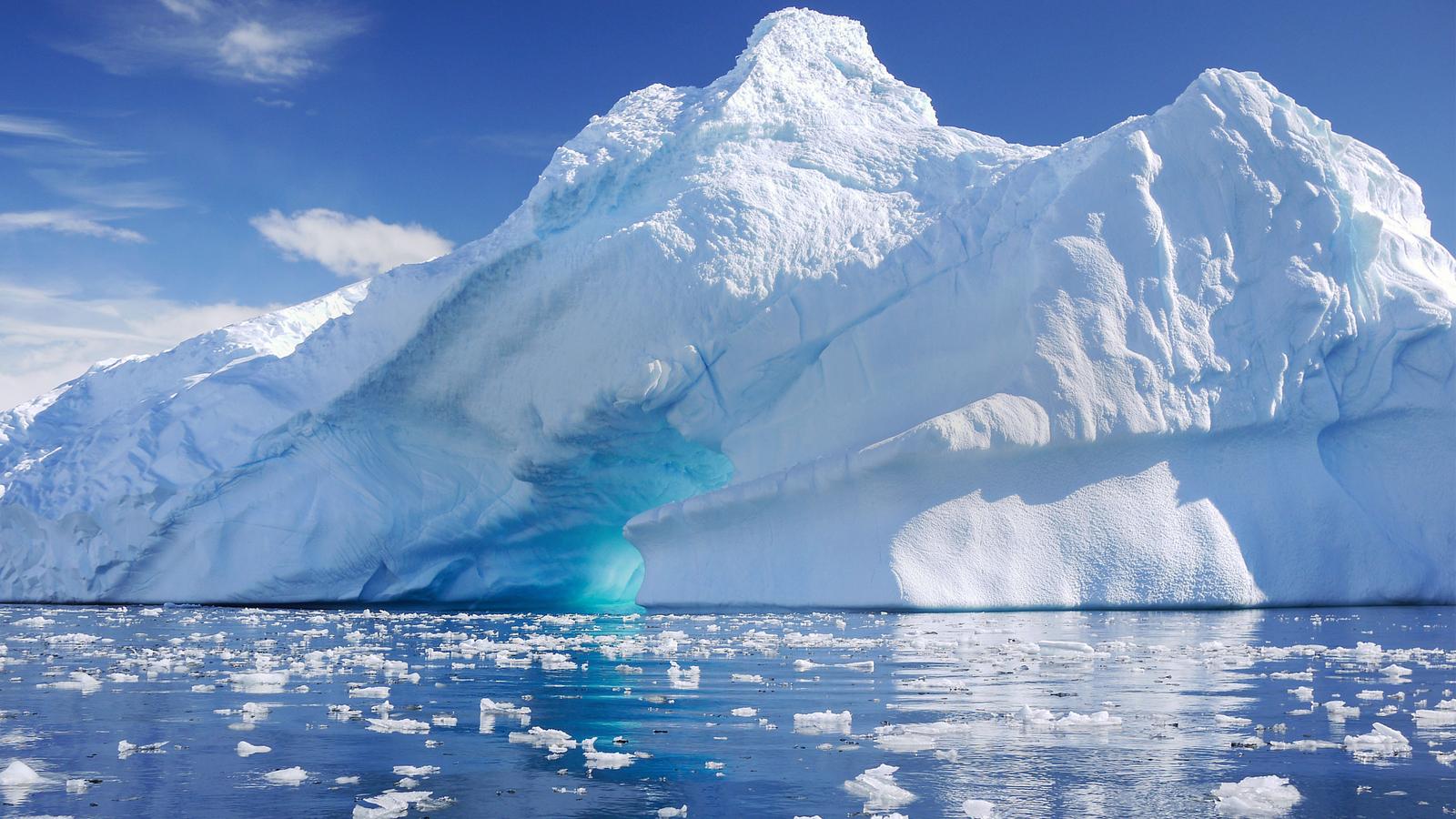Antarctica Ice Melts Faster Due To An Underground Heat Source

A significant heat source, which from the heart of the Earth contributes to the melting of the ice, was discovered under Antarctica. It is close to the magnetic South Pole and in the future could accelerate the melting of the ice mass in that area by the water that accumulates at the base of the glacier. It was identified after surveys with radars from the British Antarctic Survey (BAS).
“The discovery confirms that the dissolution of the ice in Antarctica also suffers local effects, such as radioactive sources or volcanoes, because it is a continent covered by ice, unlike the Arctic, which is an ocean that freezes and suffers only the general effects of global warming,” said Antonio Meloni, president of the Italian National Scientific Commission for Antarctica.
Under the ice of Antarctica are hidden remains of the lost continents, as could be seen by the European satellite GOCE, which from 2009 to 2013 studied the terrestrial gravity. There are at least three fragments, that formerly linked Africa, Australia, and India, the oldest with an estimated age between 1 billion and 550 million years.
Antarctica Ice Melts Faster Due To An Underground Heat Source
Published in Scientific Reports magazine, the discovery is due to the German University of Kiel and the British Antarctic Survey (BAS). The researchers analyzed data from the European Space Agency’s mission which measured the subtle differences in gravity from one point of the Earth to the other.
The mapping of gravity “are revolutionizing our ability to study the lesser-known continent, Antarctica,” revealed Fausto Ferraccioli, head of BAS geological and geophysical research. Under eastern Antarctica, he added, “we see an exciting mosaic” of fragments of lost continents, “revealing similarities and differences between the crust beneath Antarctica and the other continents,” to which the fragments joined.
The scientists also discovered that western Antarctica has a thinner crust in comparison with eastern Antarctica, made up of relics from ancient continents 40 to 60 km thick, separated by younger structures.
0 comments